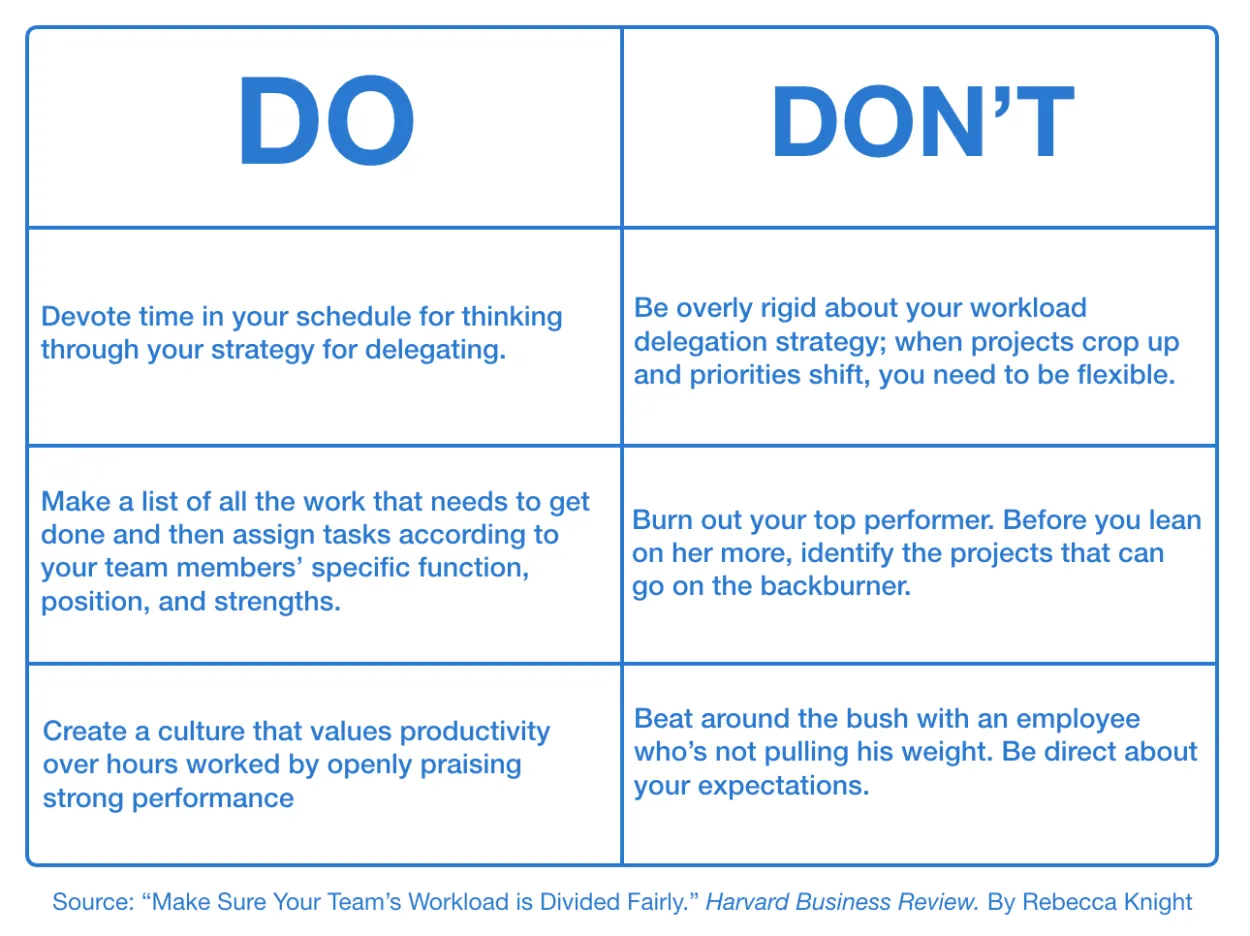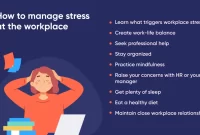Managing workload and prioritizing tasks is an essential skill for any employee. In today’s fast-paced work environment, it is crucial to effectively manage time and resources to ensure maximum productivity and successful task completion.
Effective Time Management Techniques for Increased Productivity
Time management is crucial for employees to efficiently handle their workload and prioritize tasks. By implementing effective time management techniques, individuals can enhance their productivity and achieve better results in their professional lives. Here are some helpful strategies to manage your time effectively:
-
Create a To-Do List:
Start each day by making a to-do list. Prioritize tasks based on their urgency and importance. This will provide you with a clear direction and help you stay focused on your responsibilities.
-
Set Realistic Deadlines:
When setting deadlines for your tasks, make sure they are attainable. Unrealistic deadlines can lead to stress and compromised quality of work. Set achievable targets to maintain a productive workflow.
-
Use Time-Blocking Technique:
Divide your day into blocks of time for specific tasks. Allocating dedicated time slots to different activities will improve your focus and prevent multitasking, resulting in enhanced efficiency.
-
Eliminate Distractions:
Minimize distractions by turning off notifications on your phone or computer. Find a quiet workspace where you can concentrate and complete your tasks without interruptions.
-
Delegate Responsibilities:
If possible, delegate certain tasks to colleagues or subordinates. This will free up your time to focus on important assignments and reduce your overall workload.
-
Take Regular Breaks:
Breaks are essential for maintaining productivity. Schedule short breaks between tasks to recharge your mind and prevent burnout.
-
Practice the 80/20 Rule:
The 80/20 rule, also known as the Pareto Principle, suggests that 80% of your results come from 20% of your efforts. Identify the tasks with the most impact and prioritize them accordingly.
By incorporating these time management techniques into your daily routine, you can effectively manage your workload, prioritize tasks, and improve your productivity as an employee.
Setting Clear Goals and Priorities in the Workplace
In order to effectively manage your workload and prioritize tasks as an employee, it is crucial to set clear goals and priorities. By doing so, you can enhance your productivity and ensure that you are making the most of your time and resources. Here are some key steps to help you set clear goals and priorities:
1. Identify your objectives
Begin by identifying your overall objectives and what you want to achieve. Set goals that are specific, measurable, attainable, relevant, and time-bound (SMART goals). This will give you a clear direction and focus your efforts.
2. Prioritize tasks
Once you have defined your goals, prioritize your tasks based on their importance and urgency. Use tools such as to-do lists or task management apps to keep track of your tasks and their deadlines. Consider the impact and consequences of each task to determine the order in which they should be completed.
3. Break it down
Break down your larger goals into smaller, more manageable tasks. This will make them less overwhelming and easier to tackle. Assign deadlines to each smaller task to ensure you stay on track.
4. Communicate with your team
If you work in a team, ensure that everyone is on the same page regarding goals and priorities. Share your objectives and discuss how you can support each other in accomplishing them. Clear communication can prevent confusion and increase efficiency.
5. Review and adjust
Regularly review your progress and adjust your goals and priorities accordingly. As circumstances change, you may need to reprioritize tasks or modify your goals. Continuously evaluate what is working and what needs improvement.
By setting clear goals and priorities, you can stay focused, manage your workload effectively, and achieve your desired outcomes in the workplace.
Delegating Tasks for Maximum Efficiency
As an employee, managing your workload and prioritizing tasks is essential for productivity and efficiency. One effective strategy to achieve this is delegating tasks to others. Delegation allows you to distribute responsibilities and free up time for more crucial tasks. Here are some steps to effectively delegate tasks:
-
Identify the tasks
First, analyze your workload and identify tasks that can be delegated. These could include routine tasks, low-priority assignments, or tasks that require someone else’s expertise. Make a list of these tasks to delegate.
-
Select the right person
Next, consider the strengths, skills, and availability of your colleagues or team members. Choose someone who can handle the delegated task efficiently and has the necessary knowledge or experience. Assigning tasks to the appropriate person increases the chances of success.
-
Communicate clearly
When delegating a task, provide clear instructions and expectations. Explain the purpose, desired outcomes, and any specific guidelines or deadlines. Allow the person to ask questions or seek clarification to avoid misunderstandings.
-
Provide necessary support
Offer any resources or support required for accomplishing the task. This can include access to relevant documents or tools, offering assistance if needed, or providing training if the task is unfamiliar to the person you delegate to.
-
Monitor progress
Keep track of the progress of delegated tasks. Regularly check in with the person to provide feedback, answer questions, and ensure everything is going according to plan. This helps maintain accountability and allows for timely adjustments if necessary.
-
Show appreciation
Finally, recognize and appreciate the efforts of the individuals who successfully complete delegated tasks. A simple acknowledgement or thanking them for their contribution fosters a positive work environment and encourages future collaboration.
Conclusion
In conclusion, managing workload and prioritizing tasks is crucial for employees to maintain productivity and meet deadlines. By using effective time management and organizational skills, individuals can ensure that important tasks are completed on time and with high quality. Moreover, clear communication with superiors and colleagues can help in setting realistic deadlines and managing expectations. Prioritizing tasks based on urgency and importance can also contribute to a more efficient and successful work environment. Overall, by implementing these strategies, employees can effectively manage their workload and achieve a better work-life balance.




